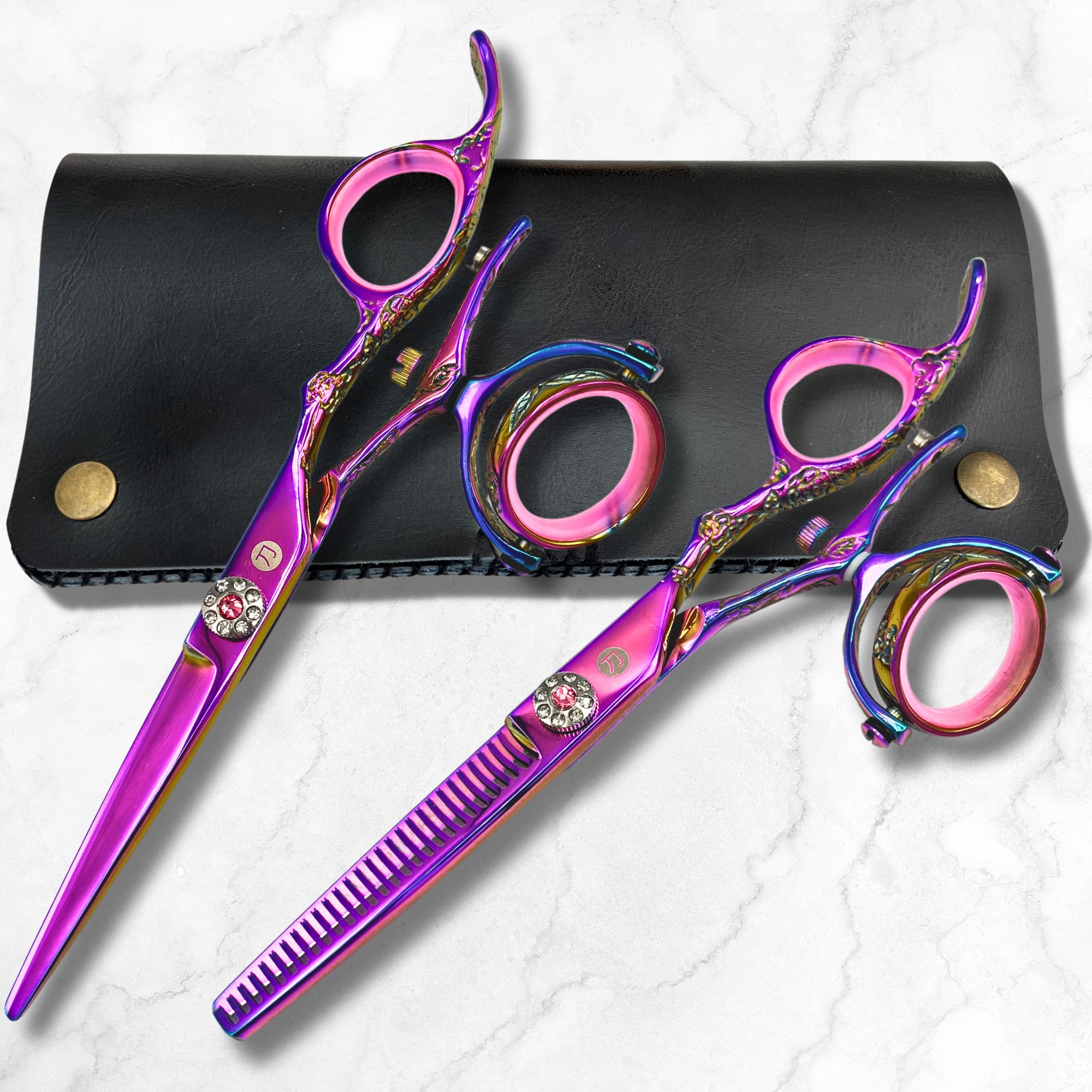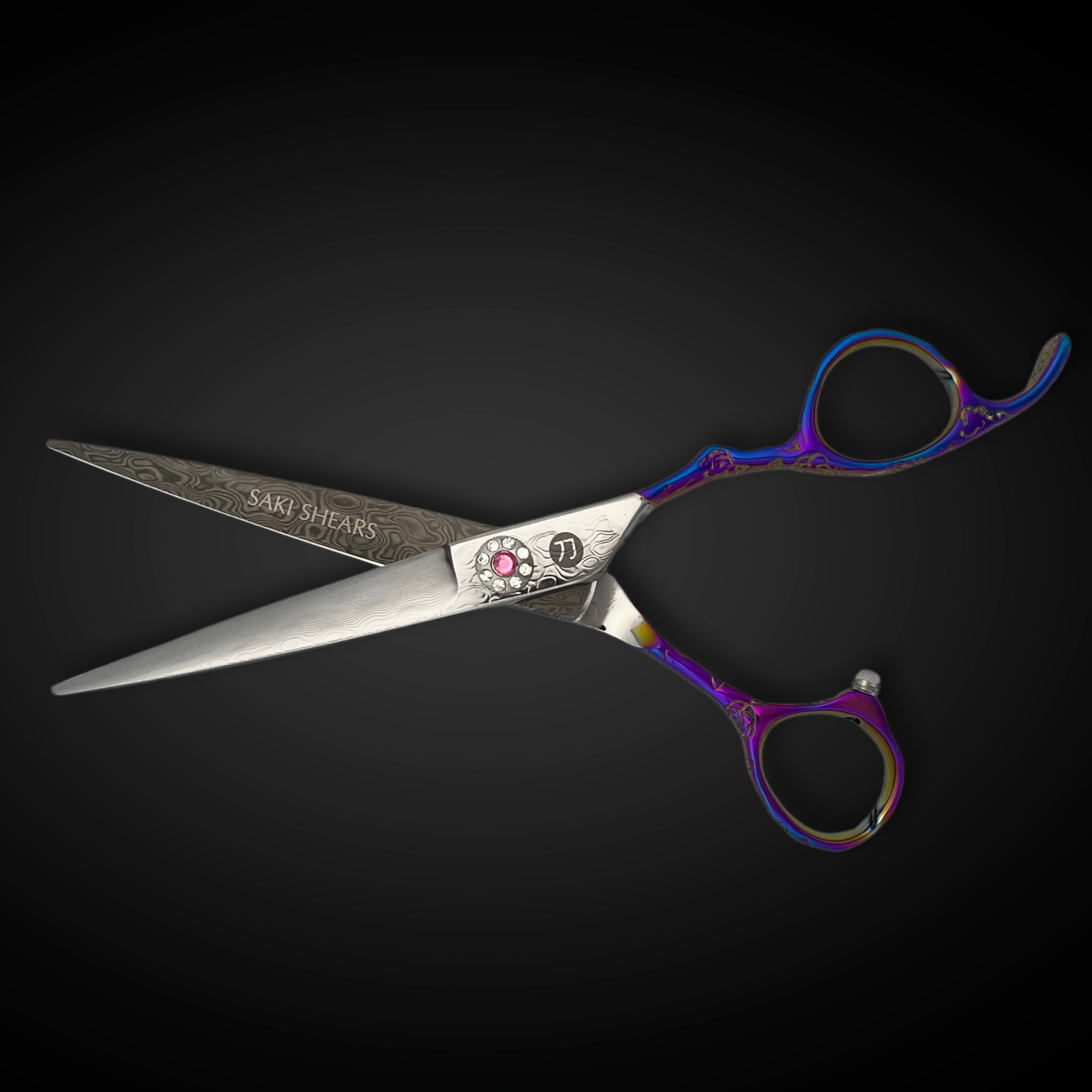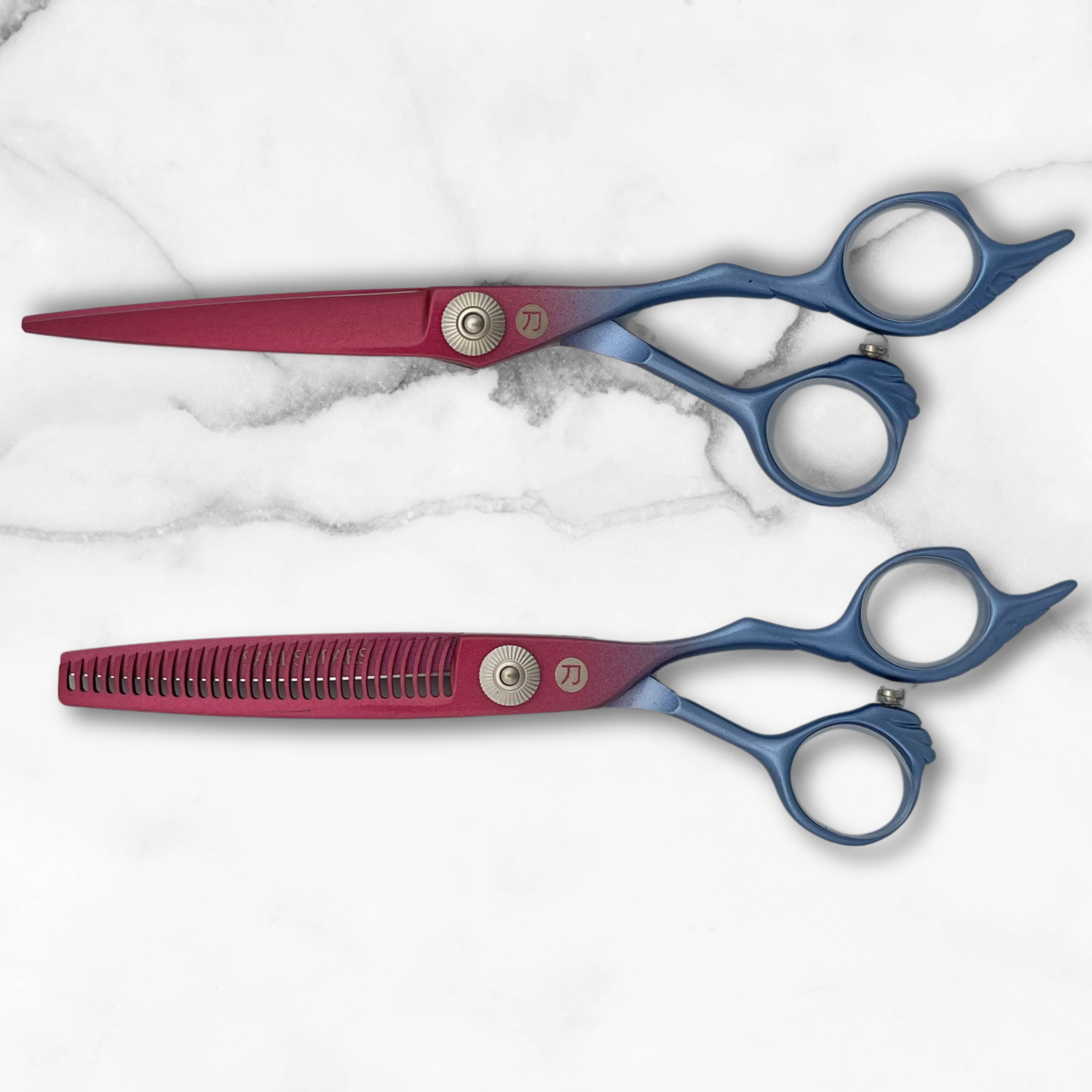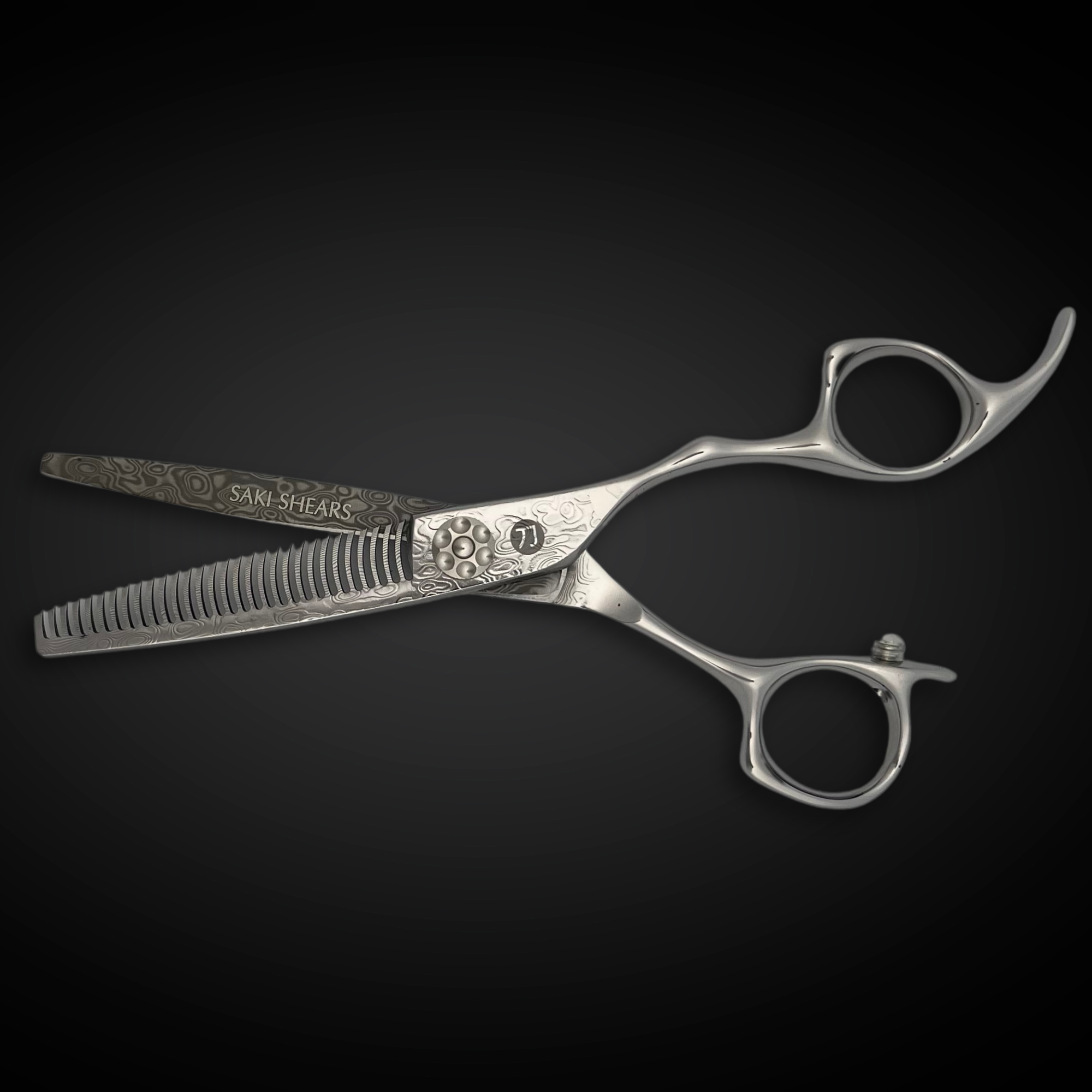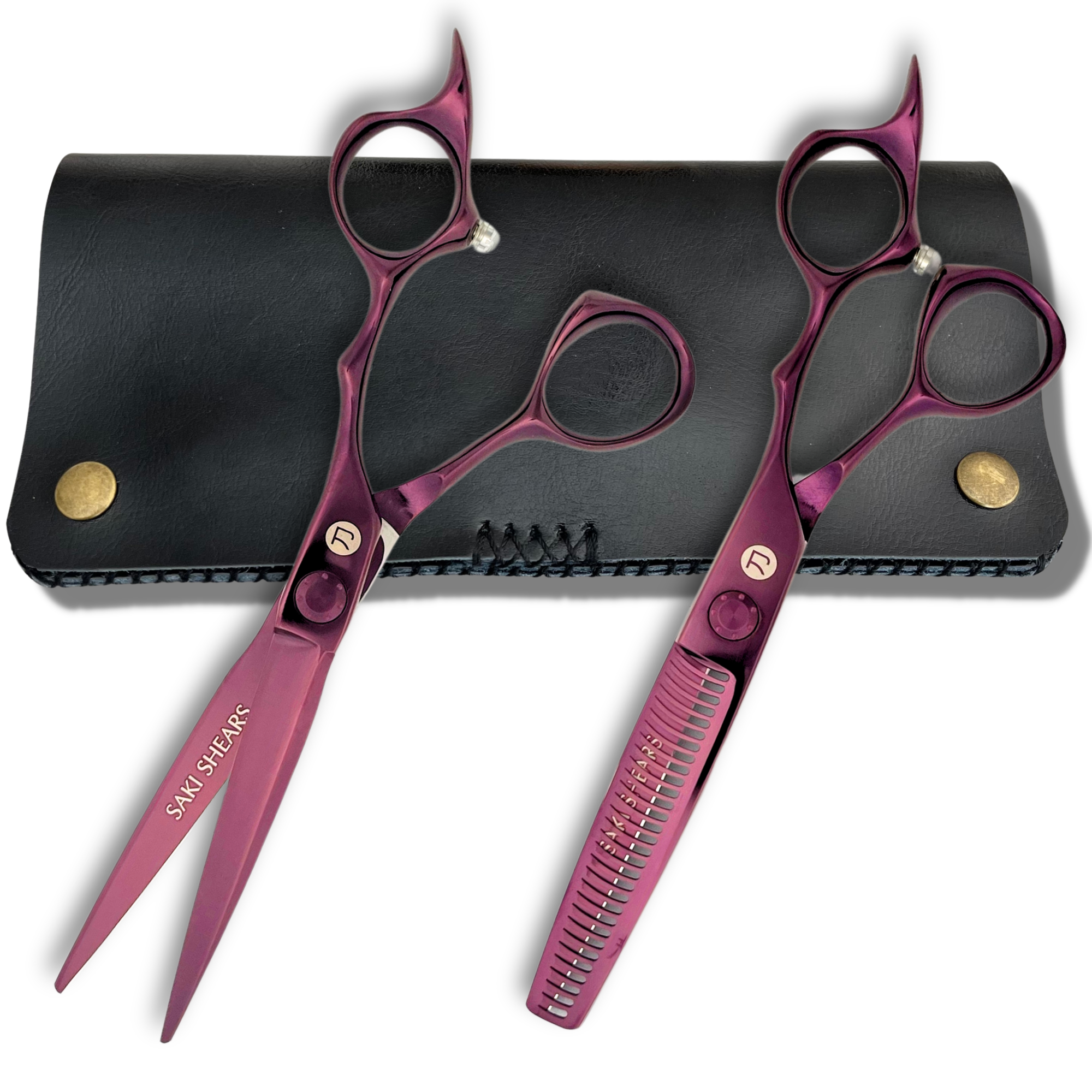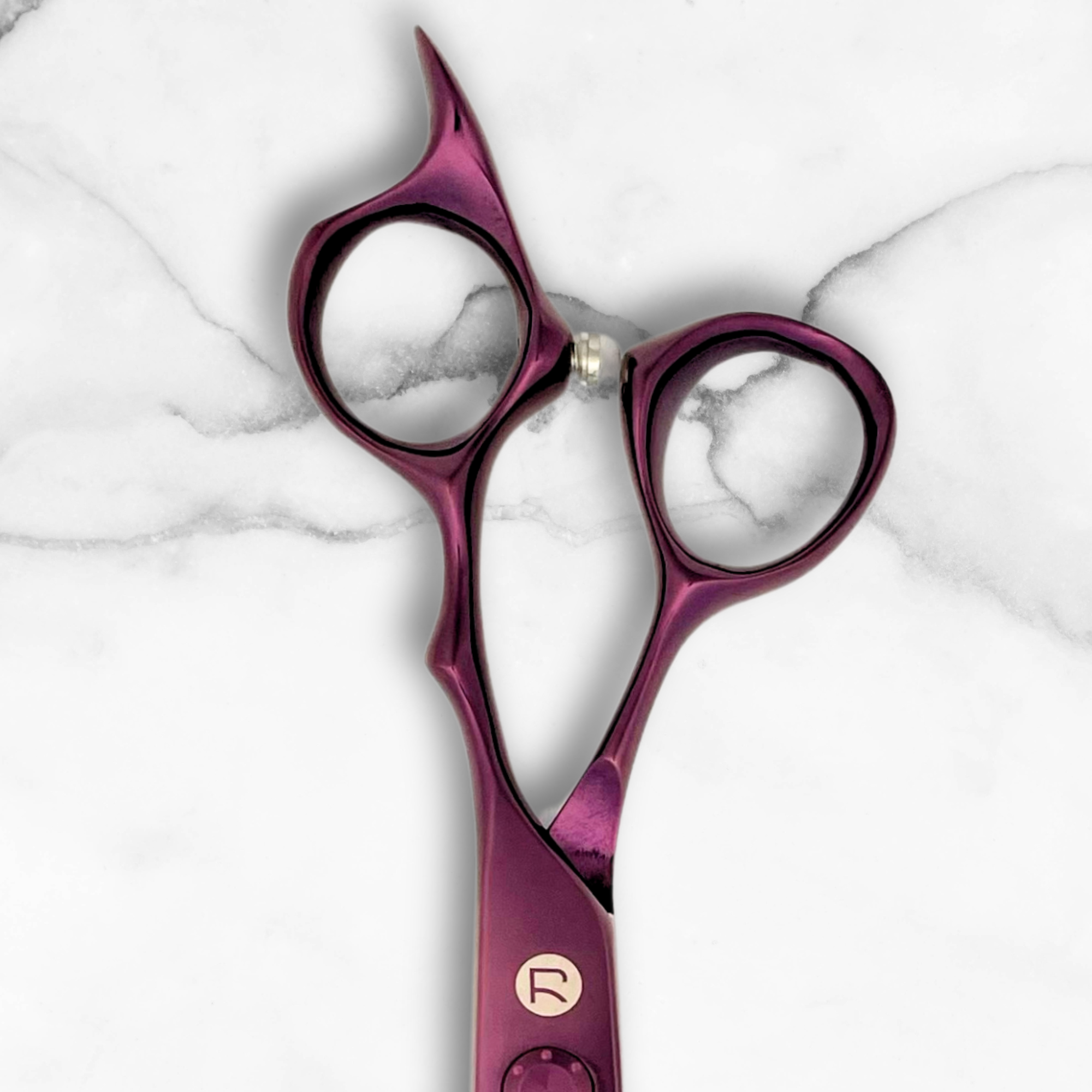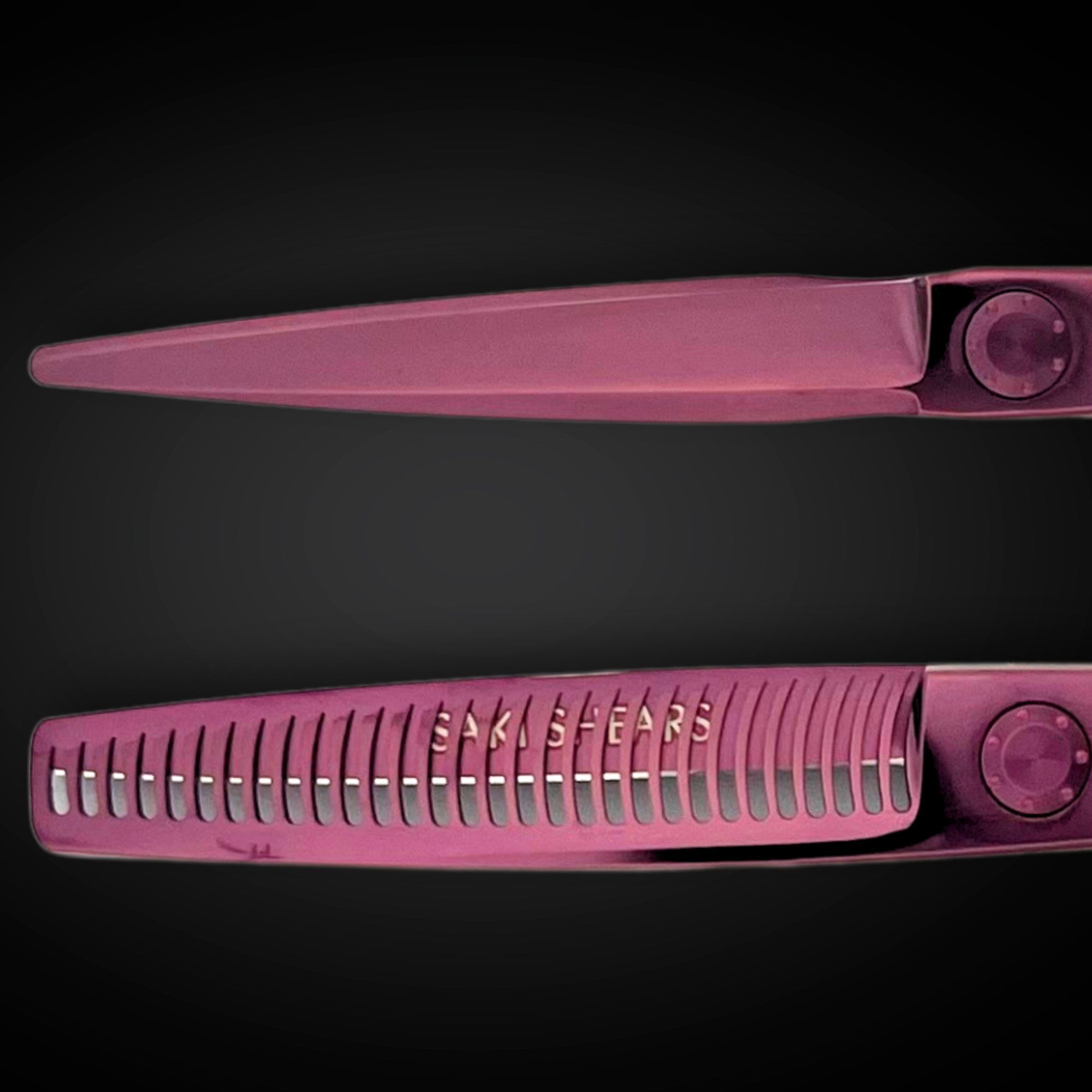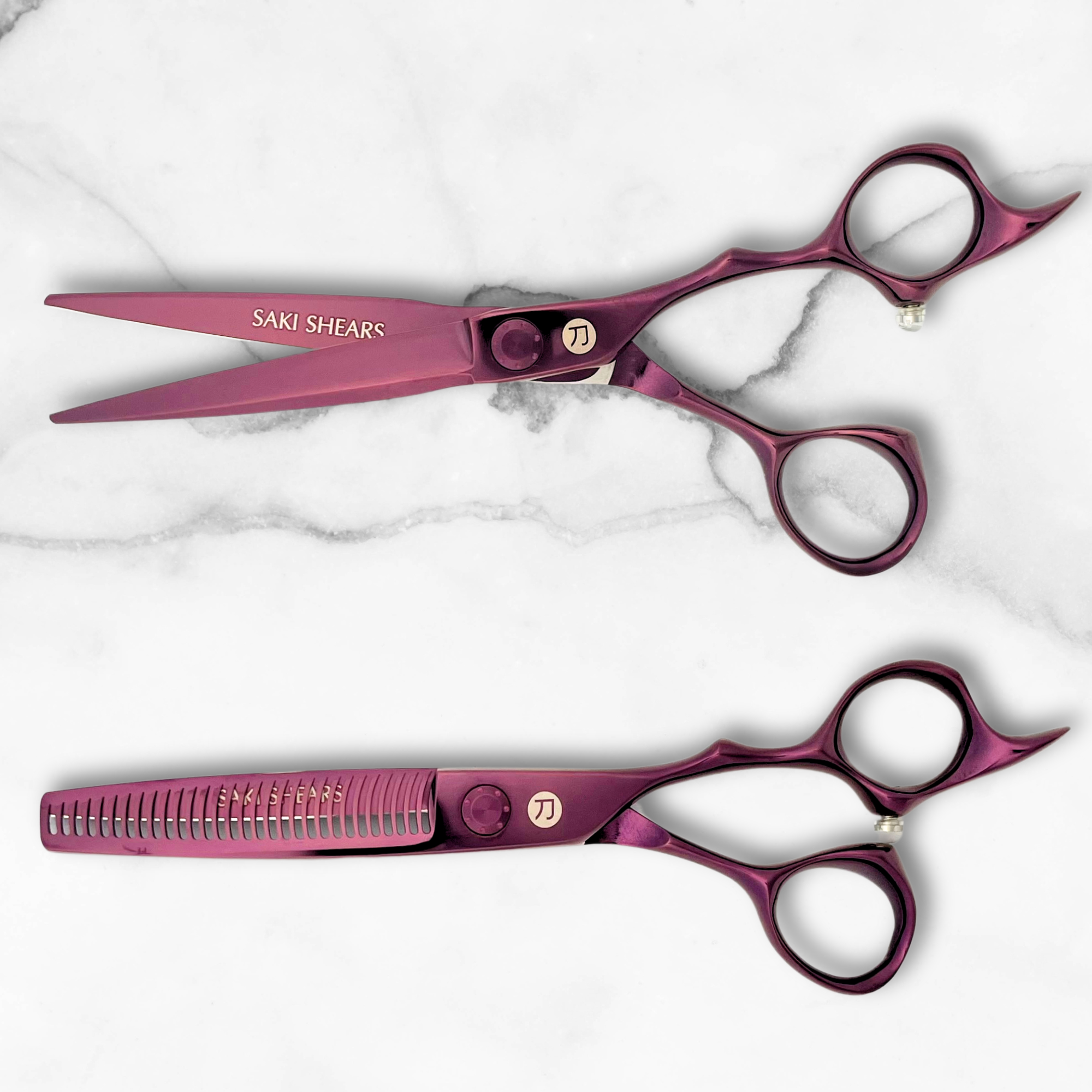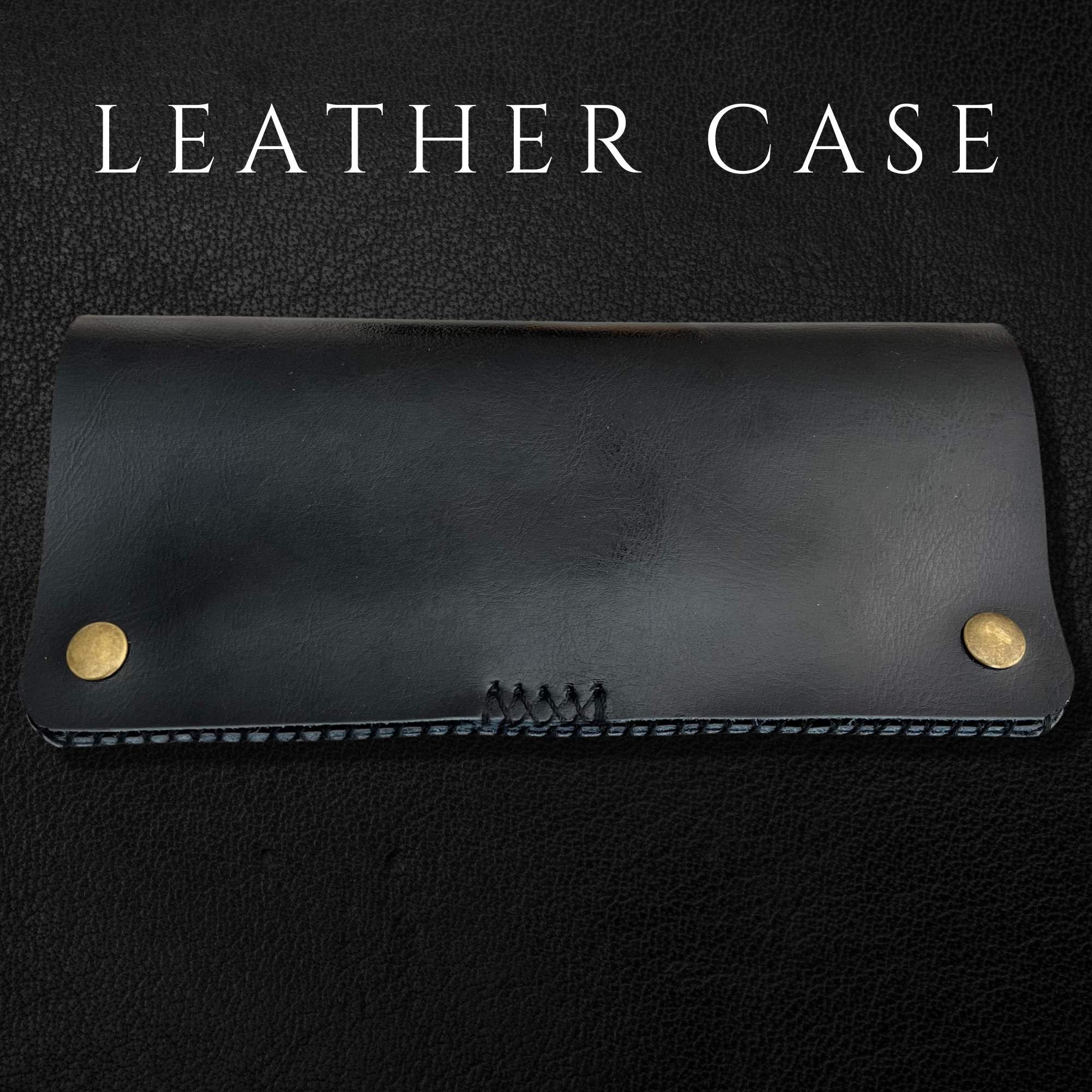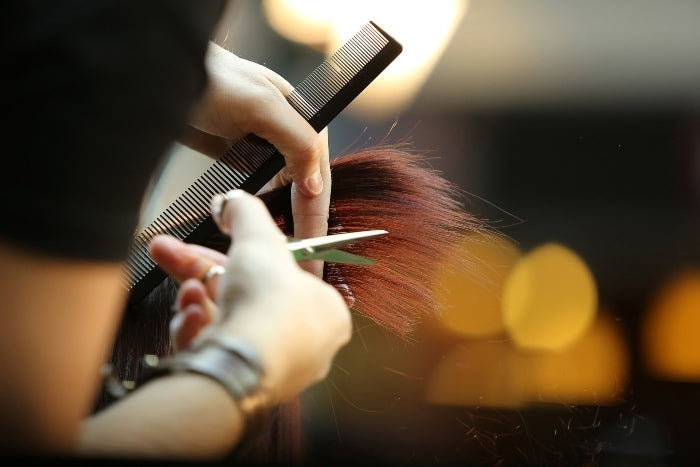Hattori Hanzō, Japanese Swordsmithing, and Hair Shears
If you’re a fan of Quentin Tarantino films, you may be familiar with the name Hattori Hanzō. In Tarantino’s Kill Bill film series, Hattori Hanzō is depicted as an accomplished yet retired Japanese swordsmith. The protagonist in Kill Bill goes searching for Hattori in hopes that he will forge the sharpest sword in history, which he does. What many people don’t know is that Hanzō was a prominent figure in ancient Japan; however, he wasn’t known for forging swords – his own or for others.
In this article, we’ll take a look into who Hattori Hanzō really was, the brief history of Japanese swordsmithing and how it become the future of any cosmetologist’s most important tool: hair shears.
Who Was Hattori Hanzō?
Hattori Hanzō was a famous samurai and ninja of the 16th-century Sengoku era of Japan. Hanzō was widely known for his legendary sword work and his vicious fight tactics that earned him the nickname of “Demon Hanzō.” Hanzō fought tirelessly to ensure the Tokugawa clan remained rulers of united Japan.
Born circa 1542 in the Mikawa province of Old Japan, Hanzō began his samurai training at the tender age of only 8 on Mount Kurama located north of Kyoto. He showed impressive skill early on in his training and first fought in battle around age 16 when he led 60 ninjas in the raid of Udo Castle. Later, he gained notoriety for rescuing his clan leader’s daughters from an enemy clan where they were taken hostage. Hanzō officially become a samurai of the Tokugawa clan (formerly known as the Masudaira clan) when he was only 18 years old.
After helping them rise to power, Hanzō continued fighting on behalf of the Tokugawa clan in many historic battles, which includes the siege of Kakegawa Castle. Other notable battles Hanzō fought in were the battles of Anegawa in 1570 and Mikatagahara two years later. He became very close with Tokugawa clan leader, Tokugawa Ieyasu and his family, often risking his own life to spare them from harm.
Over the course of his life, Hanzō dedicated his unwavering loyalty to his leader. While Ieyasu rose to power, Hattori not only served in his regime as a samurai, but he also served second-in-command having earned his leader’s trust. Despite being dubbed “demon Hanzō,” he was also known for having a soft spot for the Ieyasu and the rest of his family.
Besides knowing his way around a sword, Hanzō had a keen ability for strategizing before and even during battles. His quick and sharp thinking skills caused many people in Japan to accuse him of having supernatural abilities, namely precognition, psychokinesis, and teleportation.
Towards the end of his life, Hanzō spent his final years in seclusion as a monk using the name “Sainen;” however, he remained a highly skilled and loyal samurai until his death in 1596, when he was killed in a fire set by his enemy, a ninja by the name of Fuma Kotaro.
Hattori Hanzō was able to make a name for himself as a legendary samurai thanks to his impressive sword work. Although he wasn’t known for forging any of his swords himself, the destruction he was able to impose was all due to the quality of Japanese steel.
A Brief History of Japanese Steel and Swordsmithing
Japanese steel was most often used for swordsmithing in medieval times, but as the need for ninjas and samurais decreased, Japanese swordsmiths saw the opportunity to use the steel elsewhere. The quality of the Japanese steel become very popular and was later used to create everyday materials. Today, Japanese steel is processed into may products, including kitchen knives and hair shears. Because blades manufactured in Japan are traditionally made using high-carbon steel, they hold a sharper edge much longer than other types of steel, such as stainless steel.
Why Japanese Steel Makes Perfect Hair Shears
Hair shears made from Japanese steels are widely considered the best types of shears professional stylists can use today. So, how can the quality of steel affect the performance of hair shears? Many different factors and definitions of steel quality are considered.
Before Japanese steel came along, German cobalt steel was considered the best material for hair shears. On the Rockwell Hardness scale, German steel was considered strong and durable, but it didn’t perform so great on hair. In certain eras where hairstyle trends required backcombing, lots of style product, and perming which caused split ends, German steel wasn’t all too bad. But as trends changed and sleek and silky styles were highly sought-after, stylists were in need of hair shears that could provide smooth and precise cuts.
Enter Japanese steel. Japanese steel blades have more tensile strength than German steel, which means it is more resistant to breaking under tension. Japanese steel is also much more flexible and maintains a finer, sharper blade to help stylists achieve crisp, clean cuts and perform advanced cutting techniques that other steel just can’t endure.
When it comes to any kind of hair shears, you get what you pay for. The higher the price, the more likely you are to get high-quality shears. These high-quality Japanese steel hair shears can come in at various price points depending on the quality of the steel itself. When looking to purchase Japanese steel hair shears, you should take note of their steel quality.
Here’s the quality scale for Japanese steel, from highest to lowest:
- ATS-314
- V-10G (also known as V-10 Gold)
- V-10
- V-1
- S-3
- S-1
- 440C
- 440A
Although, the higher the quality, the better, even the lowest quality Japanese steel will last for years to come and out-perform other steel alternatives.
The Finest Japanese Steel Hair Shears
Saki Shears designs professional hair shears forged from the finest Japanese steel. Saki Shears give stylists’ the comfort, durability and precision they need to achieve the best haircut results for their clients. Each pair of shears is handmade to ensure a smooth and precise cut every single time. Saki Shears’ stainless steel and titanium coating keep them in pristine condition while the ergonomic design allows for comfortable handling.
Browse our products and visit our website to learn more about all things hair!

